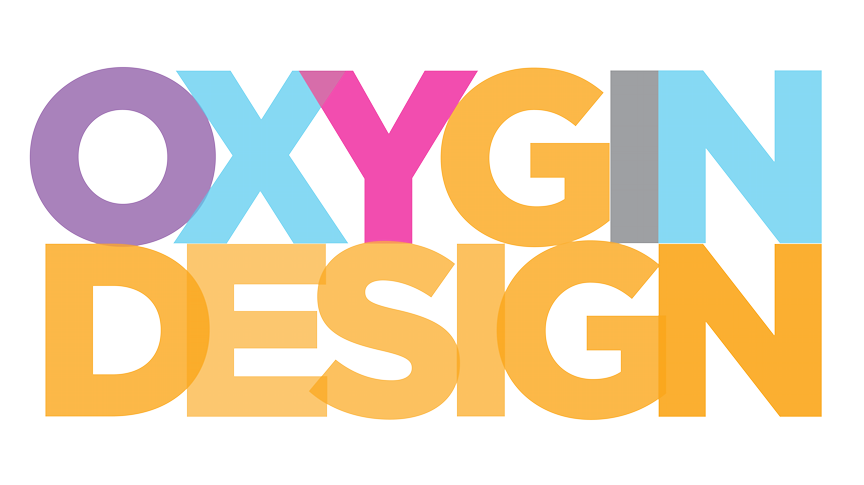A logo is not your brand, nor is it your identity. Logo design, identity design and branding all have different roles, that together, form a perceived image for a business or product.
There has been some recent discussion on the web about this topic, about your logo not being your brand. Although this may be true, I haven’t seen any clarification of the differences between ‘brand’, ‘identity’ and ‘logo’.
What is brand?
The perceived emotional corporate image as a whole.
What is identity?
The visual aspects that form part of the overall brand.
What is a logo?
A logo identifies a business in its simplest form via the use of a mark or icon.
To explain this in more detail, let’s start at the top – the brand.
What is branding?
Branding is certainly not a light topic - whole publications & hundreds of books have been written on the topic, however to put it in a nutshell you could describe a ‘brand’ as an organisation, service or product with a ‘personality’ that is shaped by the perceptions of the audience. On that note, it should also be stated that a designer cannot “make” a brand – only the audience can do this. A designer forms the foundation of the brand.
Many people believe a brand only consists of a few elements – some colours, some fonts, a logo, a slogan and maybe some music added in too. In reality, it is much more complicated than that. You might say that a brand is a ‘corporate image’.
The fundamental idea and core concept behind having a ‘corporate image’ is that everything a company does, everything it owns and everything it produces should reflect the values and aims of the business as a whole.
It is the consistency of this core idea that makes up the company, driving it, showing what it stands for, what it believes in and why they exist. It is not purely some colours, some typefaces, a logo and a slogan.
As an example, let’s look at the well known IT company, Apple. Apple as a company, projects a humanistic corporate culture and a strong corporate ethic, one which is characterised by volunteerism, support of good causes & involvement in the community. These values of the business are evident throughout everything they do, from their innovative products and advertising, right through to their customer service. Apple is an emotionally humanist brand that really connects with people – when people buy or use their products or services; they feel part of the brand, like a tribe even. It is this emotional connection that creates their brand – not purely their products and a bite sized logo.
What is identity design?
One major role in the ‘brand’ or ‘corporate image’ of a company is its identity.
In most cases, identity design is based around the visual devices used within a company, usually assembled within a set of guidelines. These guidelines that make up an identity usually administer how the identity is applied throughout a variety of mediums, using approved colour palettes, fonts, layouts, measurements and so forth. These guidelines ensure that the identity of the company is kept coherent, which in turn, allows the brand as a whole, to be recognisable.
The identity or ‘image’ of a company is made up of many visual devices:
▪ A Logo (The symbol of the entire identity & brand)
▪ Stationery (Letterhead + business card + envelopes, etc.)
▪ Marketing Collateral (Flyers, brochures, books, websites, etc.)
▪ Products & Packaging (Products sold and the packaging in which they come in)
▪ Apparel Design (Tangible clothing items that are worn by employees)
▪ Signage (Interior & exterior design)
▪ Messages & Actions (Messages conveyed via indirect or direct modes of communication)
▪ Other Communication (Audio, smell, touch, etc.)
▪ Anything visual that represents the business.
All of these things make up an identity and should support the brand as a whole. The logo however, is the corporate identity and brand all wrapped up into one identifiable mark. This mark is the avatar and symbol of the business as a whole.
What is a logo?
To understand what a logo is, we must first understand what it is for.
A logo is for… identification.
A logo identifies a company or product via the use of a mark, flag, symbol or signature. A logo does not sell the company directly nor rarely does it describe a business. Logo’s derive their meaning from the quality of the thing it symbolises, not the other way around – logos are there to identity, not to explain. In a nutshell, what a logo means is more important than what it looks like.
It is also important to note that only after a logo becomes familiar, does it function the way it is intended to do much alike how we much must learn people’s names to identify them.
The logo identifies a business or product in its simplest form.
Summary:
Brand – The perceived emotional corporate image as a whole. Identity – The visual aspects that form part of the overall brand. Logo – Identifies a business in its simplest form via the use of a mark or icon.
Post courtesy of : https://justcreative.com













